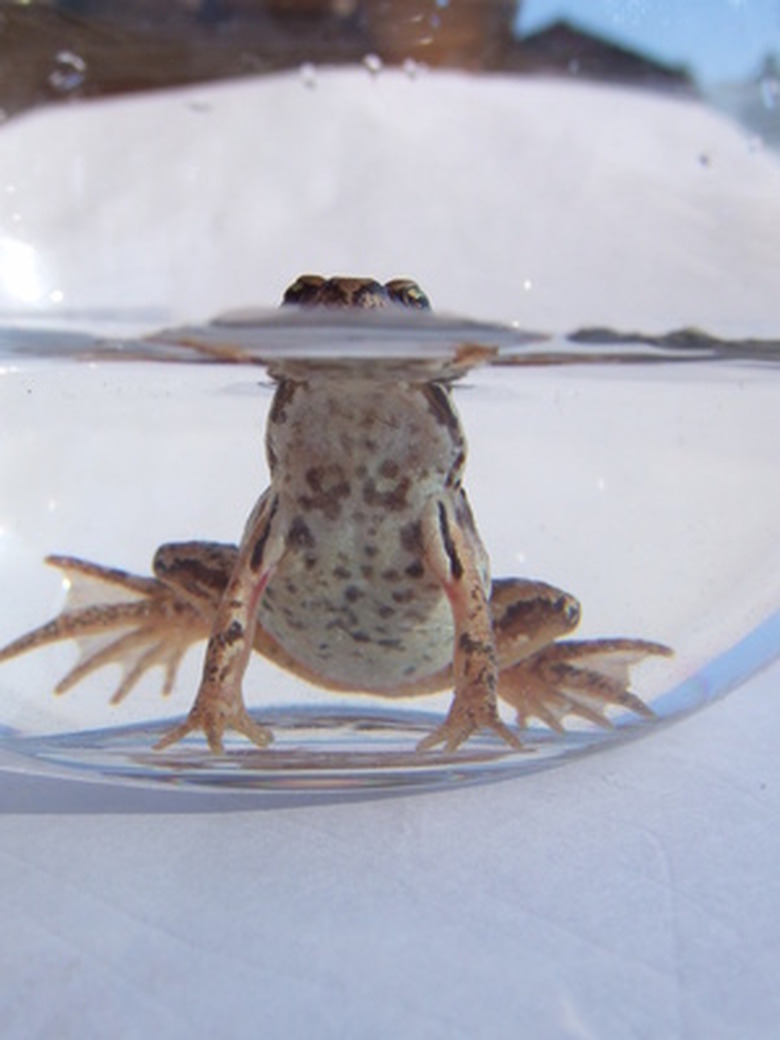How To Calculate LC50 Values
According to the U.S. Environmental Protection Agency, LC50 is defined as the concentration of a chemical in air or water which is expected to cause death in 50 percent of test animals living in that air or water. With tests usually done on mice or rats, at the LC50 level 50 percent of the test animals will die after one exposure. Tests done to determine LC50 values specify what animal is used in the test. While toxicity tests on mice and rats do not always extend to people, the LC50 value is important and is used to be on the safe side when humans work around the material.
Step 1
Write out your test standards to include what animal will be tested, how many animals are in each test group, what concentrations of the chemical will be tested and the length of exposure.
Step 2
Subject one group of test animals to one concentration of the chemical in a controlled laboratory environment. Continue until all groups, except the control group, are subjected to one of each different concentration of the chemical.
Step 3
Define the LC50 value as the lowest concentration of the chemical, in parts per million (ppm), where at least 50 percent of the test animals die.
Things Needed
- Laboratory animals for testing
- Chemical being tested
- Laboratory environment
Cite This Article
MLA
Stevens, Diane. "How To Calculate LC50 Values" sciencing.com, https://www.sciencing.com/calculate-lc50-values-6873345/. 24 April 2017.
APA
Stevens, Diane. (2017, April 24). How To Calculate LC50 Values. sciencing.com. Retrieved from https://www.sciencing.com/calculate-lc50-values-6873345/
Chicago
Stevens, Diane. How To Calculate LC50 Values last modified August 30, 2022. https://www.sciencing.com/calculate-lc50-values-6873345/
